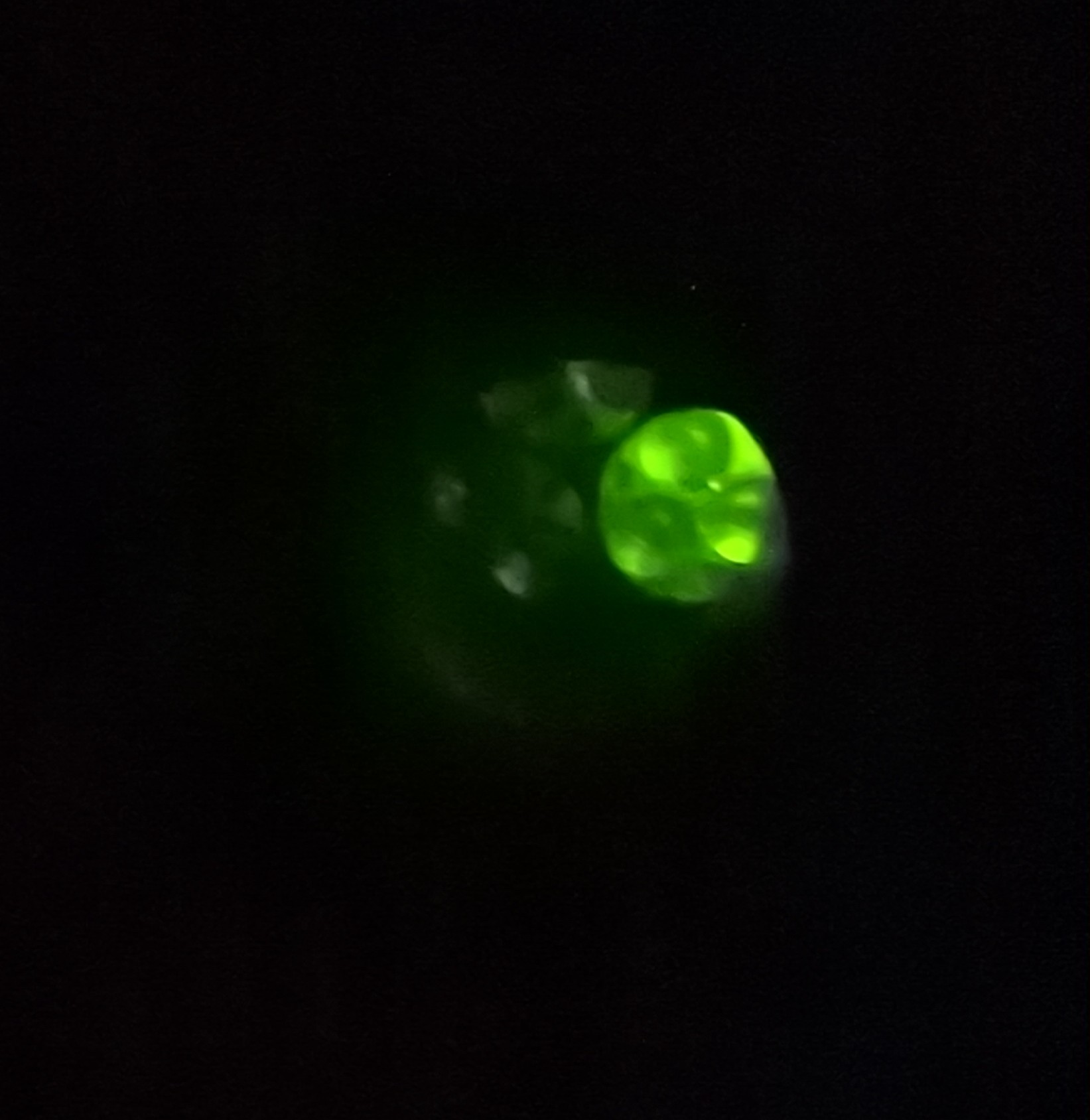this post was submitted on 05 Nov 2023
76 points (86.5% liked)
Asklemmy
43792 readers
819 users here now
A loosely moderated place to ask open-ended questions
If your post meets the following criteria, it's welcome here!
- Open-ended question
- Not offensive: at this point, we do not have the bandwidth to moderate overtly political discussions. Assume best intent and be excellent to each other.
- Not regarding using or support for Lemmy: context, see the list of support communities and tools for finding communities below
- Not ad nauseam inducing: please make sure it is a question that would be new to most members
- An actual topic of discussion
Looking for support?
Looking for a community?
- Lemmyverse: community search
- sub.rehab: maps old subreddits to fediverse options, marks official as such
- !lemmy411@lemmy.ca: a community for finding communities
~Icon~ ~by~ ~@Double_A@discuss.tchncs.de~
founded 5 years ago
MODERATORS
you are viewing a single comment's thread
view the rest of the comments
view the rest of the comments

Humans have best retina stimulation in blue light, not green light.
The real reason I suspect the light happens to be green is that green phosphor is relatively inexpensive.
Blue light could be disruptive to circadian rhythm while green light is somewhat less so, but I guarantee this was not part of the calculus here. It is just being thrifty. Circadian rhythm benefits are just a happy accident.
When fully light-adapted, the human eye features a wavelength response from around 400 to 700 nanometers, with a peak sensitivity at 555 nanometers (in the green region of the visible light spectrum). The dark-adapted eye responds to a lower range of wavelengths between 380 and 650 nanometers, with the peak occurring at 507 nanometers. source
From that source:
So I guess either blue or green leds are good for this application, and green much cheaper…
I will just say that the recent video from Veritasium about night vision goggles does indeed say that you see better the blue light in the dark rather than the green.
And that's why high end military grade night vision goggles are in the blue spectrum.
Here is an alternative Piped link(s):
Veritasium about night vision goggles
Piped is a privacy-respecting open-source alternative frontend to YouTube.
I'm open-source; check me out at GitHub.
Wut? Blue? Are you sure about that? Afaik the peak is around 555nm, yellow green. Why do you think we have "high visibility yellow" vests and not "high visibility blue?"
IIRC 555nm (or whereabouts) stimulates the L and M cones simultaneously.
Light vs dark adapted. In bright light, the best wavelength is longer.